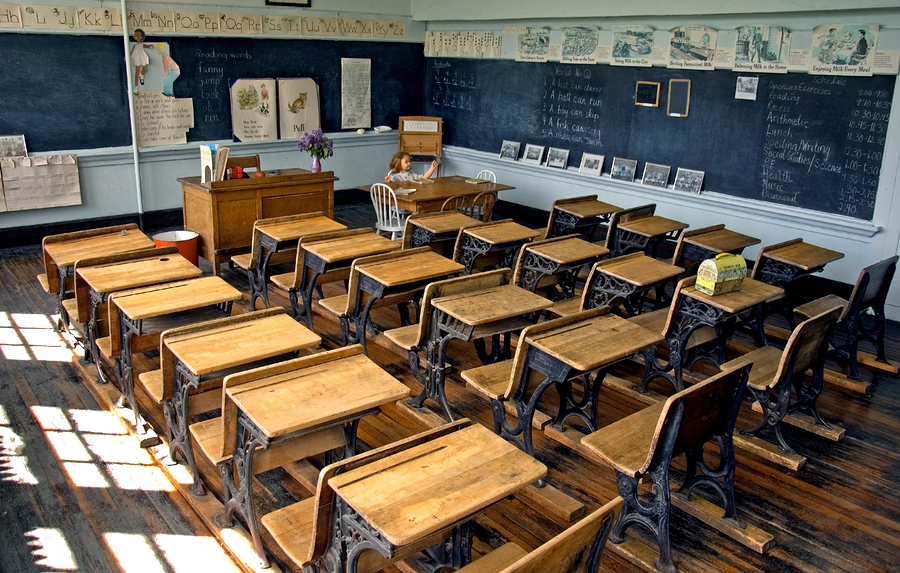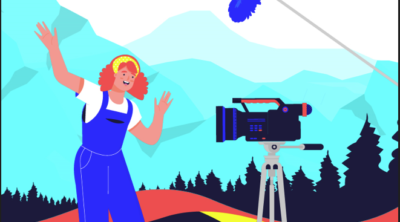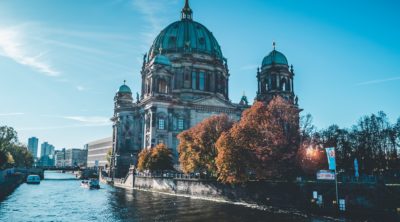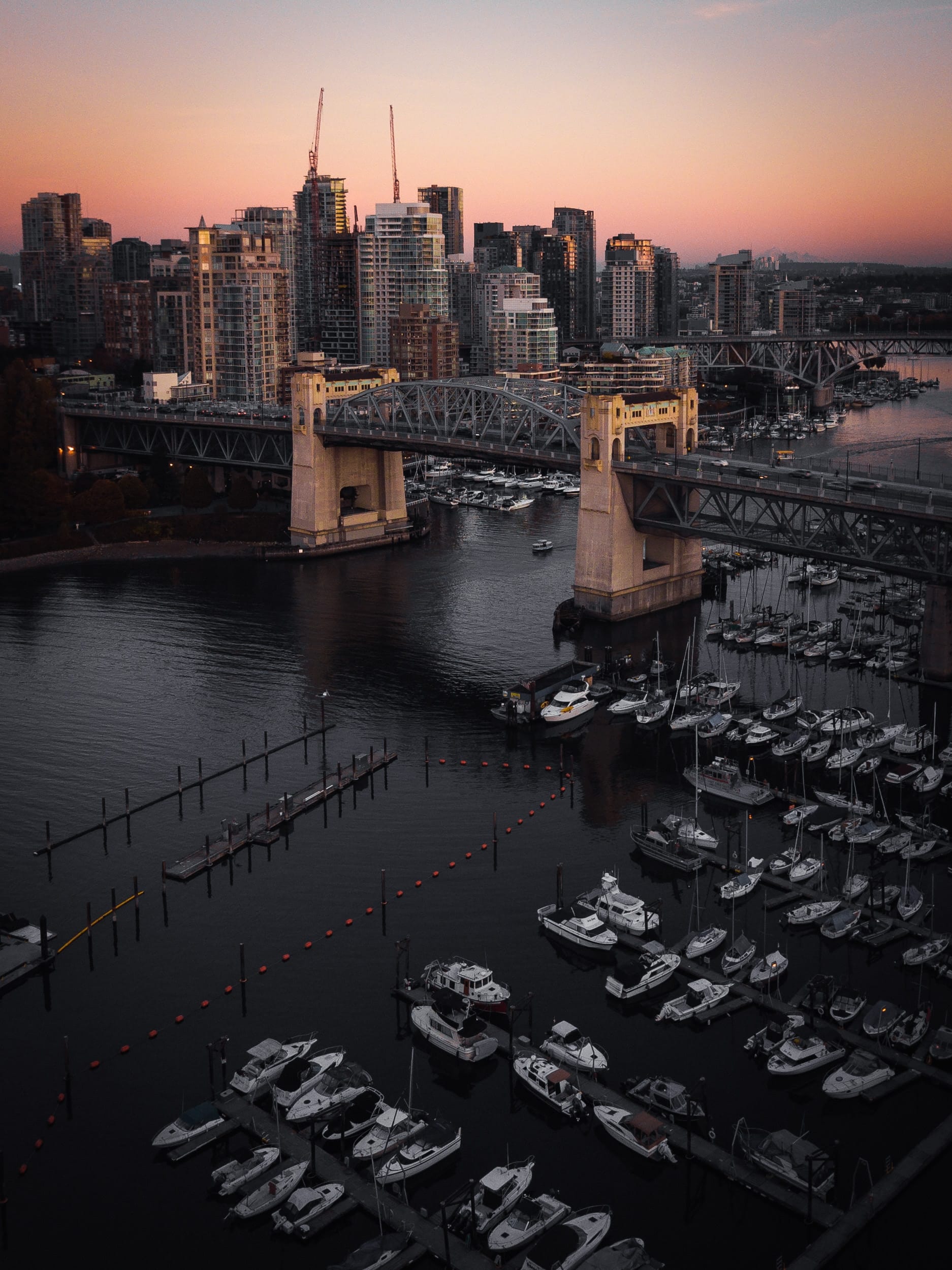< Back to all posts
Adventures in Haiti
I thought I was prepared for Haiti. After all, it was only a four-day trip. I knew it is a country that was knocked to its knees centuries ago and has never been able to get up again. I had seen footage of the earthquake’s destruction, the pervasive poverty, and the cholera epidemic. I knew of its unending political turmoil. Before leaving, I made sure I received my vaccines and anti-malaria pills.
My mission was only a video surgical strike of a remote hospital having a solar system installed. How bad could it be? Perhaps my first clue should have been that the hospital itself requires visitors to get an emergency evacuation insurance policy so that if I got ill at the hospital I would be airlifted out of Haiti to a proper medical facility.
I accepted the job because an old friend and former editor found herself as the project manager. It was a volunteer job for the installation crew, and somewhat for myself, as well. As a one-man band I pared my gear down to the bare necessities – an old 187 Lecto wireless, LED camera light, small Sachtler, and a Nexto DI so I could backup footage without a laptop. I also stuck a GoPro on my lens shade for a better wide shot. It wastes a lot of footage, but it’s worth it when it looks like you have a second camera, especially during interviews.
Arriving in Port au Prince, the first thing you have to do is pay $10 at customs for the privilege of entering Haiti. In retrospect, perhaps they should let you in for free and charge even more to let you out. In addition to those fees, some of the solar technicians I was traveling with were forced to pay “taxes” for the gear they brought (payable in US dollars only). Luckily, I escaped under the radar. Perhaps they thought my tripod case was a set of golf clubs.
It’s a 5-hour drive to the hospital, which is located on a mountainous southern peninsula. As I left the airport in a 1980’s-style Toyota minivan, the only traffic lights I saw were in the city. After that, escaping Port au Prince was based entirely on the bluster, bravado, and car horn of the driver. We lurched, careened, raced, and braked in a panic through a never-ending mass of people, swarming motorcycles, trucks overflowing with people, and seemingly unending squalor. I was stunned. I’ve seen and shot hours of American poverty. But I had never seen anything like this.
I was warned not to open the van windows or somebody would steal the camera from my hand, so I shot with the GoPro pressed against the window. Tired of the glared, I took a chance and opened the window. I immediately found another reason to keep the window shut – the smell. Haiti has very little public sewer infrastructure, and what little they had was destroyed in the earthquake. Smoldering trash is piled in the streets. People crowd sidewalks and overflow into the street, too. Amidst the chaos, I am transfixed by women walking gracefully through this surreal world carrying huge metal tubs full of clothing, fruit, and merchandise on their heads.
The entire route took place on National Highway #2, which sounds impressive but is actually equivalent to an American two-lane country road that has the traffic volume of an interstate. Mostly I saw overloaded motorcycles, heavy trucks, and an unending parade of small pickups modified into civilian “troop carriers”, usually with people hanging off the back. Our rattling old minivan was a limo by comparison. We traveled quicker after we left the town, but we were still barely avoiding oncoming trucks, people, and the occasional mule. No quarter was asked, and none was given.

Roads like this one were damaged by the earthquake and never fully repaired.
The van definitely had a working horn and brakes, but certainly no shocks. The road had two lanes, but in practice it was more like three-and-a-half, with no real order. It took little imagination to feel like I was in the chase scene from Mad Max. Did I mention the front windshield was cracked in a spider web and the driver had to peer using only the middle third because it was covered in decals reading ‘Almighty God!’? As a result, I found myself reversing this phrase under my breath countless times during the ride.
It would take far too long to describe the endless tarp-covered stalls, the constant stream of people, and the shanty villages we passed, but everybody was trying to sell something, whether it was a bottle of gas, a bundle of sticks, or mystery meat cooked on a tin drum. By the time our kidneys and spine could take no more, we slid to a halt at a gas station / mini-mart / hotel. We were protected, along with our van, by a man sitting on a concrete wall armed with a sawed-off shotgun, an arrangement provided by our taxi service. An unhappy woman stood in the bathroom to collect my dollar, and she stayed the whole time.
Two hours later, we crawled out of the van and into the hospital’s 4×4 for the last ten miles up the mountain. This ride took almost an hour as the ‘road’ was really just a mixture of rocks, gravel, gullies, and potholes that could swallow a Mini Cooper whole. The hospital was located 1500 feet above sea level because mosquitos generally stay at lower altitude. Generally, but not always, as I can attest.
The hospital is appropriately named Lumiere, which means light in French. We arrived as the sun set, 16 hours since I left home. The hospital itself is a concrete, single-floor building with covered walkways and a separate clinic area. On the flat roof, volunteers were already busy installing solar panels. These were golden hours for filming, so I quickly unpacked my camera and gladly joined them, eager to get to work. I received the necessary WS and CU details, and then played off the sun as much as possible – sun flares off the panel edges, shadows of the workers, the sun peeking behind clouds and setting through the trees. I felt better off knowing that after the rough journey, the camera and I still worked.
The next two days consisted of consistent shooting of the installation process on both the roof and the electrical control room. Additionally, I took shots of the hospital in action – doctors, patients, and the local community. At the beginning, I mentioned this isn’t the hospital most people envision. Instead of a modern hospital with nurses stations, computers, and monitors, Lumiere had school desks.

One man’s school desk is another man’s hospital.
The compound held housing for doctors, a dormitory for nurses, and guest housing for visiting volunteers. These were the only buildings with indoor plumbing, not even the hospital itself had that luxury. There were also two concrete block buildings where family members of patients could stay, and a cookhouse. Family members had to both take care of the patients and provide their food.
Mornings began with a walk from our housing to the hospital, a quarter-mile journey where I filmed family and patients along the way. Then, I would proceed to the roof to continue documenting the installation. Throughout the day, I had to repeatedly climb up and down a vertical steel ladder using one hand, clutching my camera in the other.
When I wasn’t on the roof there were technical shots to take of the power control room, and interviews with doctors about how reliable power will allow them to use modern equipment like CT scanners and heart monitors. They spoke about how the old generator was so unreliable it fried the circuits of anything they tried to use. In fact, our translator was called away on the very first day to repair the failing anesthesia machine.
The hospital wards were large open rooms with metal costs lining the sides. There were no privacy curtains, monitors, or air conditioning. Bed sheets were mostly provided by the families of patients, creating a mixture of colors in an otherwise dull building. There was little modesty between men and women, likely out of necessity rather than a cultural norm. I often feel uneasy filming such vulnerable people. I rationalize by telling myself a sense of professional voyeurism is for the greater good.
At this point, my unease reached new heights. I tried to shoot discreetly by composing shots to show only what needed to be seen. I attempted to become invisible, blending into walls and backgrounds, shooting behind corners whenever possible. I had to balance this with the necessity of shooting quickly. There was always something else to be shot, like laundry being hung next to the solar panels. The roof being used in high-tech and low-tech fashions at the same time.
Still, there were moments of humanity. The people of Haiti were both resilient and friendly. I don’t speak French, so there was plenty of pantomime and laughter as we attempted to communicate. One particular time, I was walking with my camera in one hand and tripod in the other. I passed a group of local women in their bright-colored dresses. We exchanged a jovial ‘bon hour!’, and one woman kept gesturing to her head, speaking Creole with a large grin. I realized she was suggesting that I carry my tripod on my head the way they carry everything. I gave it a try for a few staggering steps, and we all shared a laugh. I’ll teach grips this trick in the future.

The Haitian people offered a glimpse of hope amidst the squalor.
This small hospital serves a community of 60,000 people, most living in small concrete-block sheds. Water is drawn from community wells or small local streams. Throughout the day, you see children carrying plastic jugs of water. One home we visited had the luxury of a separate mud cooking hut. It also housed the largest spider I’ve ever seen. Another man we met was a teach at the school several miles down the mountain. He was proud of his 125CC motorcycle, as it put him in the upper middle class. However, he still had no indoor plumbing or electricity, and his home was the size of my living room.
There was a moment of serenity on my last evening. I was back on the roof, bent over my camera, the low sun gleaming along row after row of aluminum solar panels, when I suddenly sensed something. I paused and stood up. Alone on the roof, I heard the faint sounds of singing coming from deeper within the hospital. I knew there was something more important than the sunlight I had to capture below. I followed the music and found where the dimly-lit corridors intersected the four wards. Lining the halls and filling this lobby were patients on wheelchairs and benches alike, singing hymns in Creole. The concrete walls and ceilings echoed an ethereal reverb.
Later, I conducted earthbound interviews about the installation’s technical aspects. Terms like grid, inverter, battery backup, and kilowatt hours. Eventually, a simple switch was turned, a lightbulb in the ceiling flickered, and Hospital Lumiere made its grand entrance into the 21st century. Now it had a real chance to transform into a modern medical facility. Next up: proper plumbing.
The night before I left a still photographer arrived. He was delayed for two hours at the ‘shotgun rest stop’ because of political protests, so we decided to leave at 4am to make our flight on time. The return van ride was much like the initial one, only it was just the driver and myself. I didn’t speak Creole, and he didn’t speak English, but I was able to indicate I would sway away the mosquitos so he could focus on the perils of the road. We laughed when I got a big one.
Would I go back to Haiti? Certainly not for a vacation, but I would like to follow-up on the hospital and the community. The Haitians I met were wonderful, friendly people. I sometimes hate that in this business we swoop in, make strong bonds with people, just as quickly must zoom off in search of the next great story.
Tom Upton







Leave a Reply